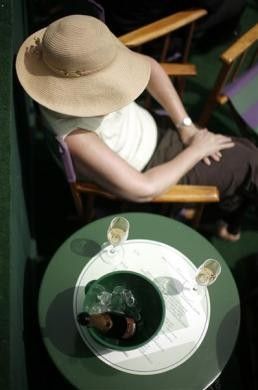200-Year-Old Booze From Shipwreck Is Still Drinkable

The researchers literally had a heady surprise in the store for them when they found that a 200-year-old stoneware seltzer bottle that was recovered recently from a shipwreck at the Baltic Sea that contains drinkable alcohol.
Analysis of the sample shows that it contains a 14 percent alcohol distillate, which may be vodka or a type of gin called jenever, most likely diluted with water. The sample was found in a bottle with the brand name of "Selters" engraved on it, according to the National Maritime Museum in Gdansk, Poland. "Selters" is the name of the supplier of high quality carbonated water from the Taunus Mountains area in Germany. Discovered over 1,000 years back, water from Selters is considered as the oldest mineral water in Europe with many health benefits.
The final results of the laboratory analysis of the content is expected by September even though the preliminary results suggest that some form of alcohol was filled in an original mineral water bottle. The alcohol sample is drinkable even though it does not smell good or appetizing as per the researchers. As the springs of Selters water dried up at the beginning of the 19th century, it is difficult to obtain water samples to compare the results. The one liter bottle was manufactured in Ranschbach, Germany, a town located about 25 miles away from the springs of Selters water.
The well-sealed bottle was discovered in June during the exploration of the shipwreck site in Gdansk Bay, close to the Polish coast. "The bottle dates back to the period of 1806-1830 and was recovered during the works on the F-53-31 shipwreck, or the so-called Glazik," which in Polish means a small rock, Tomasz Bednarz said in a statement last month. He is an underwater archaeologist in the National Maritime Museum who leads the research on the shipwreck.
The shipwreck excavation also discovered various items like ceramics, dinnerware and bowls among others that may also lead the researchers to new conclusions.





















